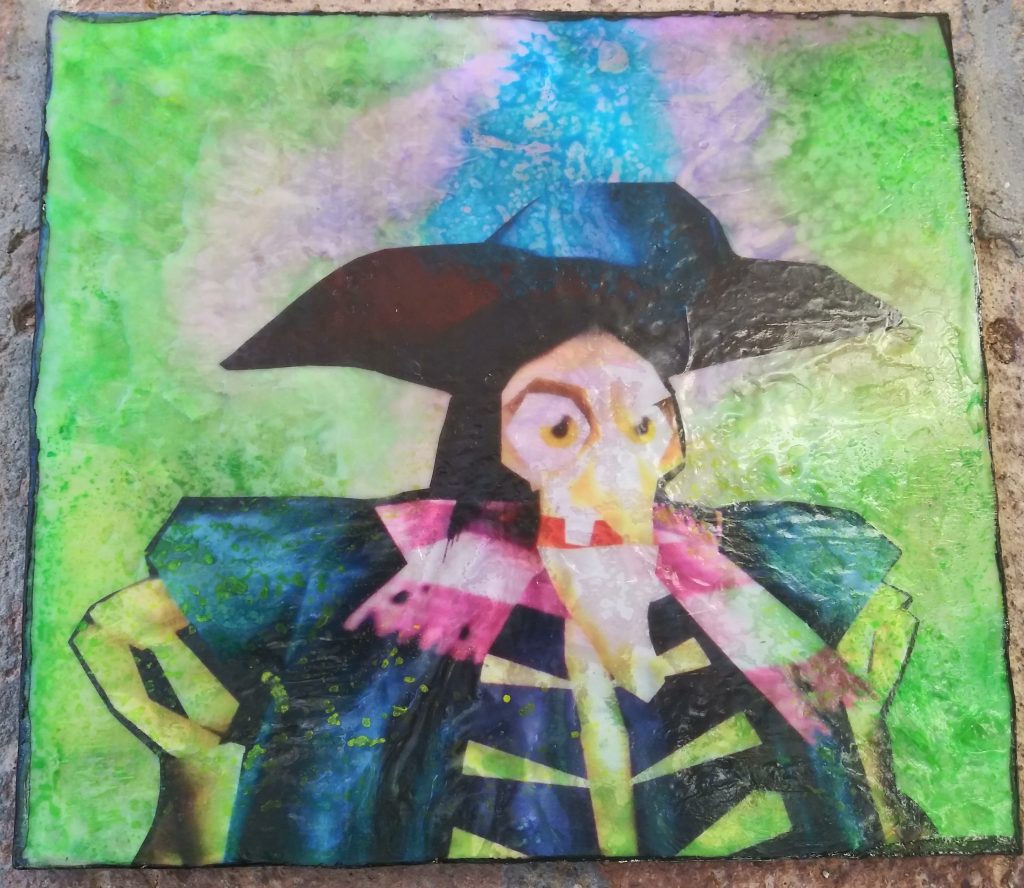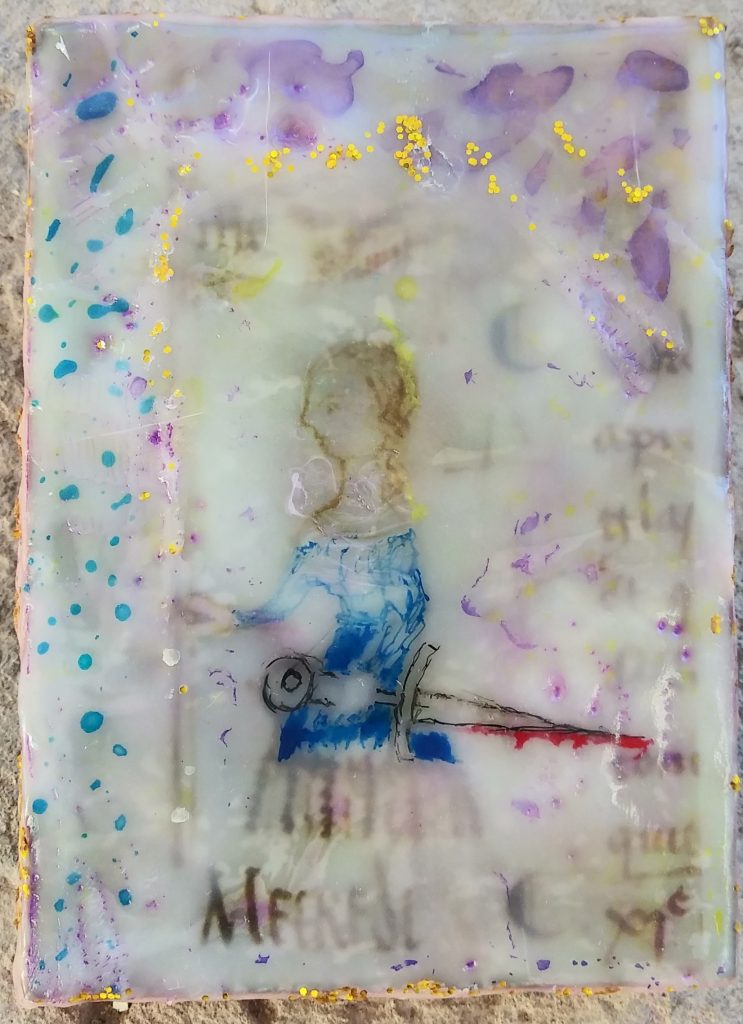I’m tempted to classify this under the Works of Jane Austen category, because we all know that Bridget Jones’ Diary is an admitted derivative of Pride and Prejudice. However, I think it’s become a stand-alone franchise that deserves its own category.
Does Bridget show any character traits that resemble Elizabeth Bennet? I’ll say no. The plot — one man who seems attractive, one repulsive, switch places as the heroine learns more — is the similarity. She has no sisters, no cousins; we have no Bingley, no Lady Catherine. It’s just the love triangle and the mistaken assumptions therein. I’m not bothered that Bridget is a unique person.
I do like the social commentary comparison. For both women, society expects them to be married at their age. They want to be married, too, but not at the expense of their standards. They both have pushy, socially embarrassing mothers, and fathers who are ineffectual.
So, what Enneagram is our Bridget? She has a beloved circle of friends and a party-hardy attitude. (Lol I just went down a rabbit hole of whether it’s party hardy or party hearty. I’ll stick with my first instinct.) Her diary writing suggests she’s not happy with herself. However, she is indomitable. She’s embarrassed, yet she continues to forge ahead. Sliding down a fireman’s pole bottom-first into camera doesn’t keep her from going out on assignment again. She misses the post-trial interview while she’s buying a cigarette, and then nails it. Shaming moments are heaped on her, but she’s still chasing Darcy down the street in her “knickers”. Isn’t all of this exactly what we love about Bridget and why we watch her over and over?
A Four? She seems like a Heart Type. Her exercise is something she does to lose weight, not as a Body Type. Her publishing job is more about the social connection than the intellectual pursuit; not a Head Type. She’s clearly not a Three. I’ll say that her lack of punctuality is what marks her as a Four. A Two would be more concerned about tardiness and what people will think. A Four is going to tend to themselves first (in her case, nursing a hangover), and an obligation to their work schedule would come second.

